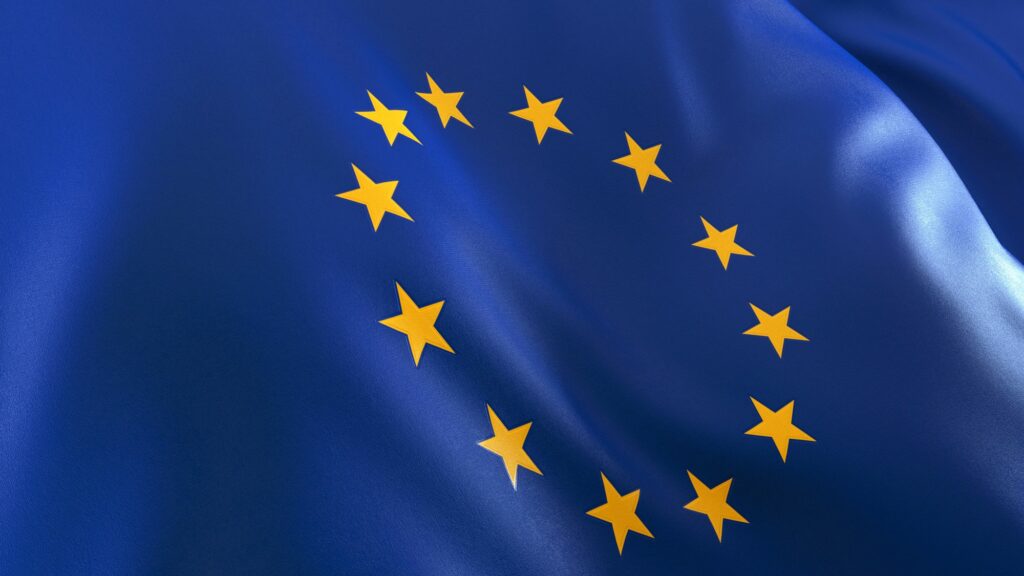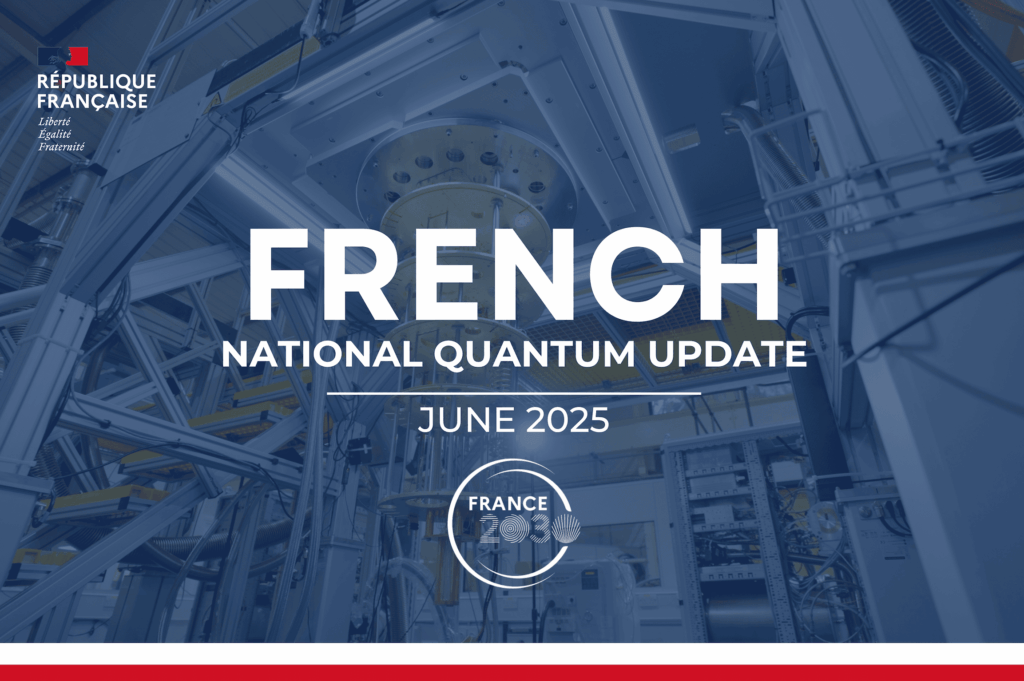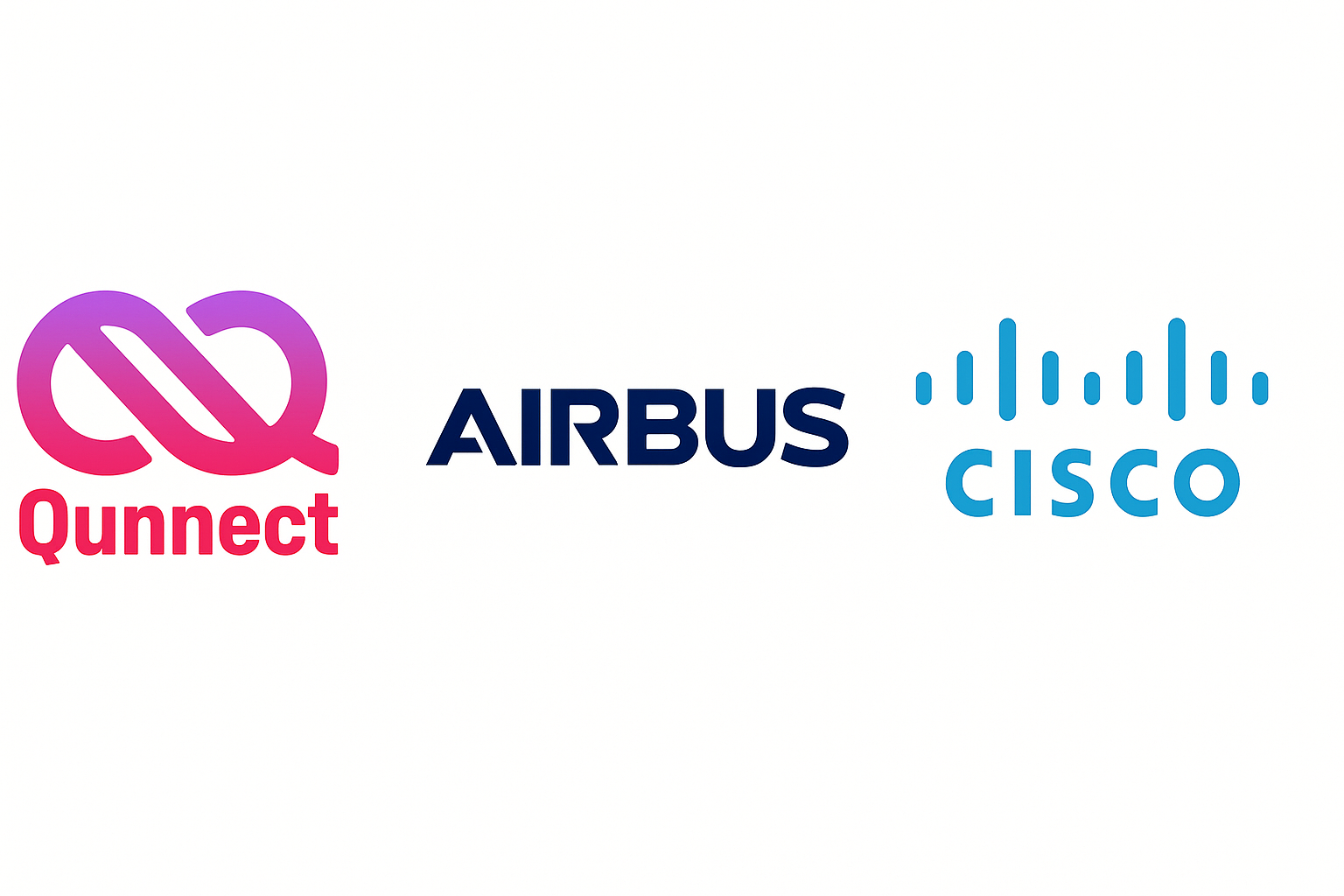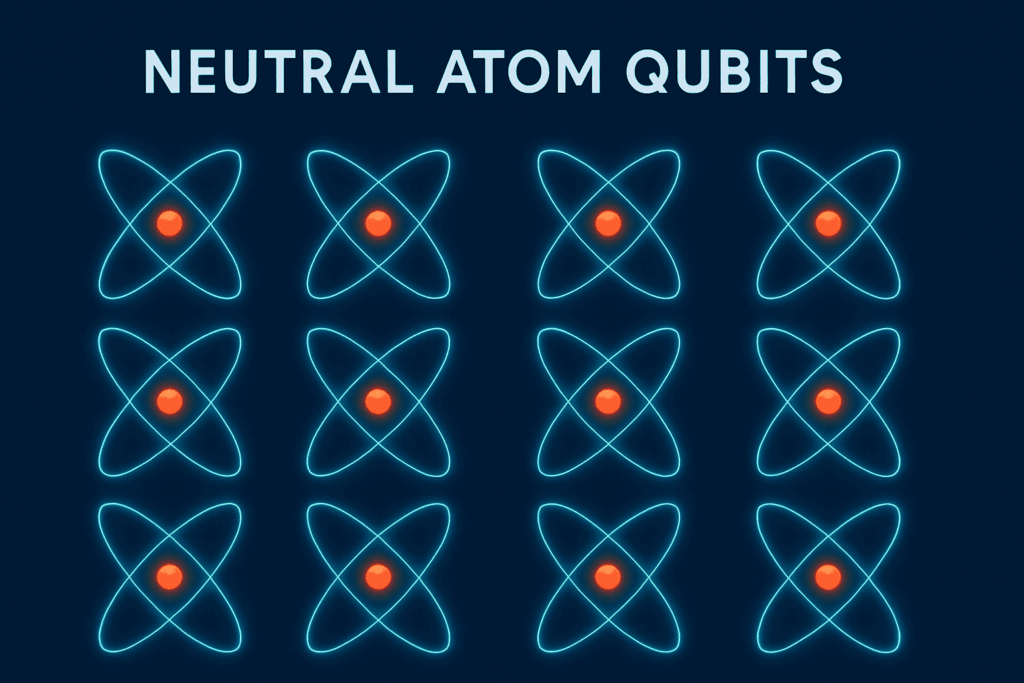By Sam Kearney and Jake Malliaros
Who we are and why we wrote this piece.
The Creative Destruction Lab’s Quantum Stream was the world’s first incubator for quantum startups, founded by Peter Wittek in 2017. Alumni include Xanadu and Multiverse Computing, and roughly 1/5 of all quantum startups have come through the program in some capacity. As the people who lead the quantum stream, we are in a unique position to observe and shape the emerging quantum landscape. When founders come through the program we work with them closely, connecting them with key stakeholders that have built successful companies before and pushed the science forward. As we have gotten to know different cohorts of startups and conducted research to understand their technologies, we noticed a trend. There was an abundance of content surrounding Quantum Computing, but almost none covering Quantum Sensing. We wrote this article to help fill that gap, in the hopes that more people understand the technology and its economic and societal implications.
What is the value of quantum sensing?

Quantum technologies have presented a future of opportunities that leverages the behavior of light and atoms to improve areas such as computing, communication security, and sensing. Quantum sensors are highly sensitive to the environments around them and can detect things that would otherwise be impossible or require a tremendous amount of resources to collect data on. Applications for quantum sensors include detecting gravity, electromagnetic fields, single photons, time, temperature, and movement. Here are some examples of the areas in which quantum sensing has been shown to bring significant enhancements:
- MRI for medical imaging
- Spectroscopy (Useful for characterization of materials and chemicals)
- Enhanced GPS systems
- Inertial Navigation Systems
- Detection of gas leaks
- Remote target detection
- Radar systems
- Microscopic imaging
- Gravimeters and magnetometers (Useful for industries like mining)
- Components for quantum computing and communication
These applications are unified by a common value proposition:
Quantum Sensors can lower the cost of sensitivity, selectivity, or efficiency of real-world data acquisition.
Although we won’t share a concrete number of its market value, given the breadth of its application in high-value industries, it is expected to be worth over a billion in the coming decade.
What are quantum sensors used for now?
While it’s useful to be aware of what’s in store for quantum sensing in the future, we’re sure it’s also of interest to readers what quantum sensors are actually being used today. Currently, quantum sensors have a limited range of applications, but this range is growing quickly as technology advances.
Atomic clocks are some of the oldest quantum sensing technologies. They have been used for decades and are a foundational piece of our GPS systems. Recent developments have enabled several companies such as Microsemi to provide atomic clocks for precise timing synchronization of communications and navigation systems. One of the most tangible benefits these systems may be able to provide is greater throughput when transferring data between locations.
Gradiometers and gravimeters are also quite mature in this space and are being used commercially and in labs to achieve previously unattainable accuracy and reliability for underground surveying. Portable, commercially available gravimeters provided by companies like Muquans enable higher resolution of smaller or deeper features than classical alternatives on the market. Some studies have found that cold atom quantum gravimeters were 1.5-2X more effective than classical gravimeters in detecting small buried features and that they could measure at a deeper level.
Magnetometers using nitrogen vacancies in diamonds are being developed by companies such as SB Quantum, a CDL alumni company from our 2019-2020 cohort. Magnetometers have a broad range of applications including prospecting for mining operations and navigation. A recent study published in Nature found that when used in gradiometry, diamond-based quantum magnetometers provided advantages such as an order-of-magnitude better sensitivity and more localized, sharper images.
Quantum sensors can also detect velocity, reflectivity, and chemical composition at long distances which has many useful applications. For instance, Quantum Lidars are available from companies like SigmaSpace, Quantum Light Metrology, and ID Quantique, which are useful for problems in terrestrial mapping and the detection of gas leaks.
The examples listed above are non-exhaustive. Many other applications are being pursued by non-CDL alumni, and several more are being built by our graduates like Qubic’s Quantum Radar, or Miraex’s quantum sensor for detecting vibrations inside harsh environments.
What is the challenge of commercializing a quantum sensor?
Just because quantum sensing is going to provide value faster than quantum computing doesn’t mean sensing companies don’t have their own challenges. They face a number of technical challenges such as mitigating a variety of errors and miniaturizing their systems. The extreme sensitivity of quantum sensors is simultaneously the source of their value and of practical challenges for commercialization. For example, they can be so sensitive to their environment that it is difficult to filter out signals from unwanted noise. Due to this sensitivity, even the readout of a sensor’s measurement can corrupt the results.
Companies can mitigate problems such as these in a variety of ways such as making use-specific hardware to limit noise, averaging their measurements, and using entangled sensors.
Technologies in their infancy often encounter challenges surrounding miniaturization. The first general-purpose electronic digital computer, the ENIAC, took up around 1800 feet and weighed over 27 tons. Similarly, companies looking to implement quantum sensors are also struggling with space constraints. This is especially apparent for companies trying to implement quantum sensors in areas like space, where minimizing load size and weight is critically important. An example from a quantum sensing founder claimed that typically to have this level of sensitivity you would need a system the size of a truck for cooling, laser systems, and noise protection. However, we have seen several quantum start-ups focusing on reducing the size and complexity of these sensors (such as CDL alumni Aquark Technologies) to accelerate the market adoption of this technology.
What we’ve Seen from Our Time at CDL:
From our time at CDL, we’ve noticed how quantum sensing startups face a similar challenge to their classical sensing peers: value capture. Building great sensors is challenging and important, but sensors have to be integrated into a greater system. For instance, in the case of autonomous vehicles, they must be integrated with all the other critical hardware and software involved. Integration requires software that often has to be custom-tailored for a use case, making scaling challenging. This leads to some sensing companies getting pigeonholed into becoming component suppliers. This is not necessarily a bad thing, but it can stop a company from being massively scalable. Companies looking to be more attractive to investors and capture more value often look to build accompanying software or have their sensors be a part of a greater product or system.
The relative maturity of the technology in comparison to quantum computing has attracted strong incumbents like Bosch to hire quantum sensing teams. These companies have significant existing relationships and resources at their disposal. New entrants to the market need to have a good rationale as to why they can outperform these incumbents while overcoming the challenges outlined above.
One trend that we’ve noticed is that companies targeting areas other than defense often struggle to gain sufficient traction to survive on a startup’s budget. These companies often start off targeting other industries such as energy or healthcare or mining but find that government non-dilutive funding comes more easily in the Defence industry. Given the diversity of applications that quantum sensors could provide value, we hope and anticipate that the appetite for piloting quantum sensors grows in other industries.
What the future may look like with quantum sensing?
So what are some examples of how the world will look with advanced quantum sensing integrated into full systems? We intend this section to be an exercise in imagining how the world might look given the optimistic development of sensing technologies. This is not a firm prediction of how the world will look with quantum sensors but is meant to make their potential impact more tangible to readers.
A hospital… Imagine walking into a room and having various imaging processes done simultaneously in minutes rather than hours. A quantum sensor system may provide the equivalent data of an MRI, CAT scan, or X-Ray and may be used to detect things that would normally require a blood scan. It would be easier to access this data at a lower time and cost, allowing hospitals to serve more patients with more accurate results. In light of this vision, companies like Chipiron are already exploring the miniaturization of MRI.
A powerplant…Imagine a nuclear or gas plant that can precisely detect previously untraceable leaks all with just a few sensors throughout the plant. Access to this new data in combination with AI systems may allow the characterization of molecular composition, exact location, and estimated losses. The plant may now detect leaks and flag maintenance earlier than was previously possible, not only reducing costs but risks of environmental damage. Take a look at the company QLM for how this may start to look.
A city…Imagine driving through a city and your semi-autonomous car is equipped with quantum sensors. Traditional LIDAR systems have been limited in areas such as bad weather, can be spoofed, and detecting hidden obstacles. Quantum LIDAR may be able to address these challenges by feeding highly accurate imaging data at larger distances to the autonomous driving system. This could enable the safe implementation of autonomous driving at scale, sooner all while requiring less space, weight, and power consumption.
Conclusion
We are excited by the amount of increased interest in quantum information technologies we’ve seen in recent years. There are many more applications of quantum sensing that we couldn’t cover here, so we want this article to serve as a jumping-off point for readers to keep learning about its potential. Despite the challenges listed above, we expect quantum sensing to have a real impact on today’s industries throughout the next several years.
If you found this article to be informative, you can explore more current quantum news here, exclusives, interviews, and podcasts.















